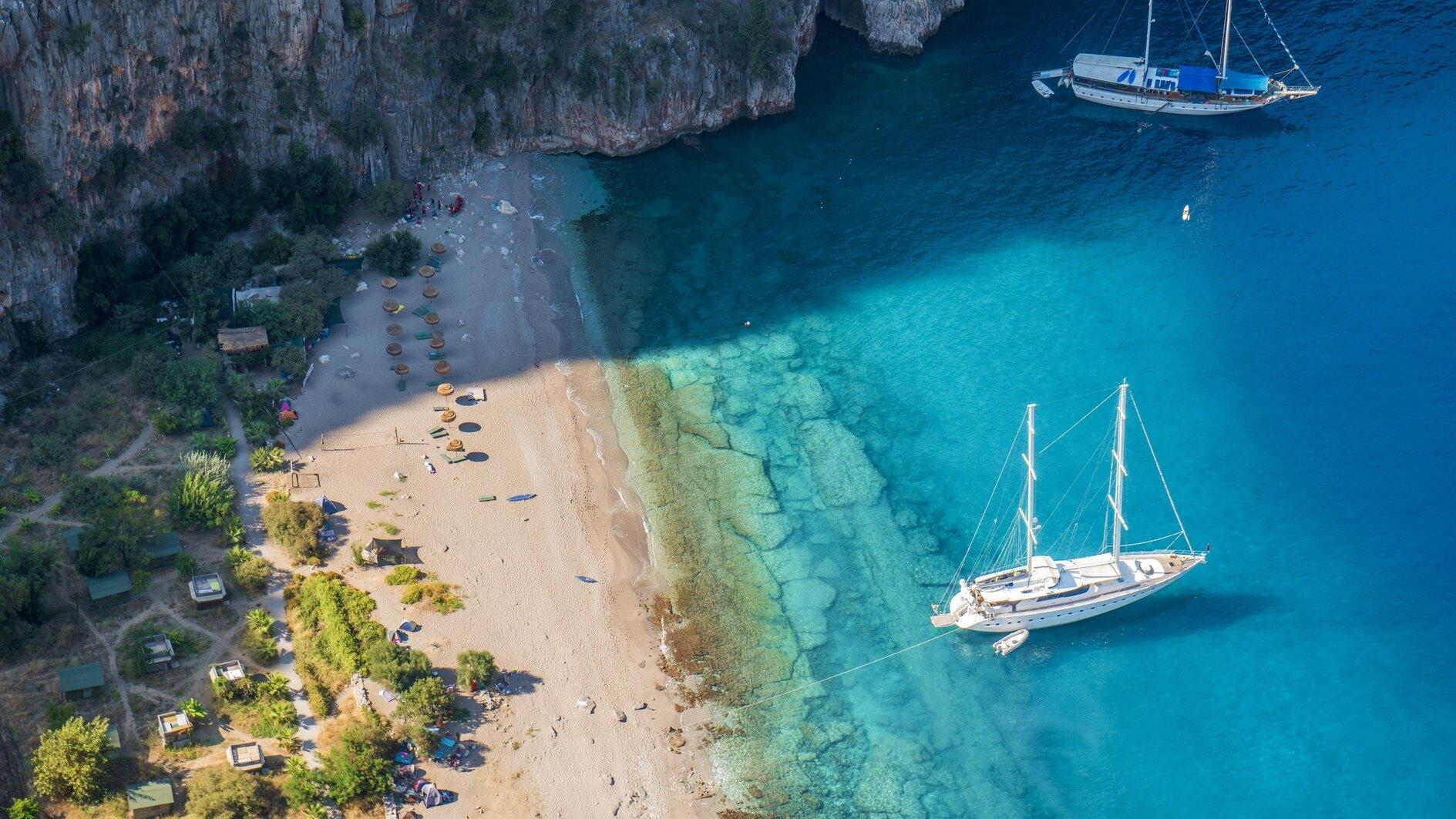The two Libyas
For Moammar Gadhafi’s successors, the hardest task will be making a whole of their country’s alienated halves. Libya is a creature of two parts. You start to sense this as you cross the country by road from Benghazi in the east to Tripoli in the west, a drive of a thousand kilometers. Looking east from Benghazi, the Egyptian border is not far away; from Tripoli, west, the Tunisian border is a short drive. In between and below these two coastal cities, which hold 60 percent of Libya’s population, is a void of desert the size of two Anatolias. The road connecting Benghazi and Tripoli is a well-paved highway that was used mainly by occasional oil trucks up to the present revolution. It runs straight as a die. On one U.N. trip my Libyan government driver averaged speeds of 250 kilometers an hour for long stretches. He was a westerner sent from Tripoli. As he picked me up he sniffed at the disorder outside the Benghazi airport.
Physical distance isn’t the only estranging factor. History and culture have also served to set Libya’s two halves apart. Beginning more than 2,000 years ago the territory that is now eastern Libya was penetrated by Egyptian civilization. Several centuries later, Carthaginian and Roman influences shaped the culture of the west. From that time forward in history, neither the Arab Conquest, the Ottoman Empire, nor British and Italian rule did much to change the split nature of the territory, which over the centuries had come to have two names – Cyrenaica in the east and Tripolitania in the west. In the country’s 62 years of independence, whether under King Idriss or Gadhafi, real political or any other true union of the two parts has been more fiction than reality.
Gadhafi’s regime was sporadically menaced by uprisings that originated in the east, with Benghazi as the hub. He put these down with a brutality that seems fresh in the memory of rebel leaders of the recently Benghazi-based National Transitional Council. As they settle into power in Tripoli, and go about purging their ranks as all victorious revolutionaries do, it will become clear that the revolution was as much an east-west civil war as it was a movement to bring down Gadhafi. Further, that it was driven by the calculation of opportunities that would open to eastern tribes once the oil began to flow again.
The new leadership will come into a governing void as empty as the country’s desert. In Egypt and Tunisia there are traditional state institutions and the cartilage of civil society to build from. Those don’t exist in Libya. Gadhafi so thoroughly hollowed out Libyan society that only yes-men were left, and he played the yes-men against one another, jailing some, shooting some, raising the once-jailed to high rank, buying off the families of those he shot. Two generations of Libyans learned to swallow his lunatic pronouncements and schemes, and even to believe in them.
Today, at least, the men bidding to lead the new Libya do not impress. It’s true that exiles and defectors and even those with blood in their hands can turn out to be acceptable public officials – see Belfast and Baghdad. But one must wonder who the Libyan people can trust among the collection of opportunists and arrivistes thrusting themselves forward today. One of them, Abdel Fattah Younes, the Gadhafi interior minister who defected to take charge of the rebel forces, has already been assassinated, apparently at the arrangement of two of the other presumptive leaders.
All in all, it looks like a snake-pit in the making. Let’s hope it surprises us. Let’s hope, too, that disagreement about income from the country’s oil reserves – most of which lie in eastern Libya – won’t spark secessionist thoughts among easterners. We’ve seen that film before – Katanga, Biafra, and recently South Sudan. All a reeling Libya needs to top off its revolution is a war of secession.










